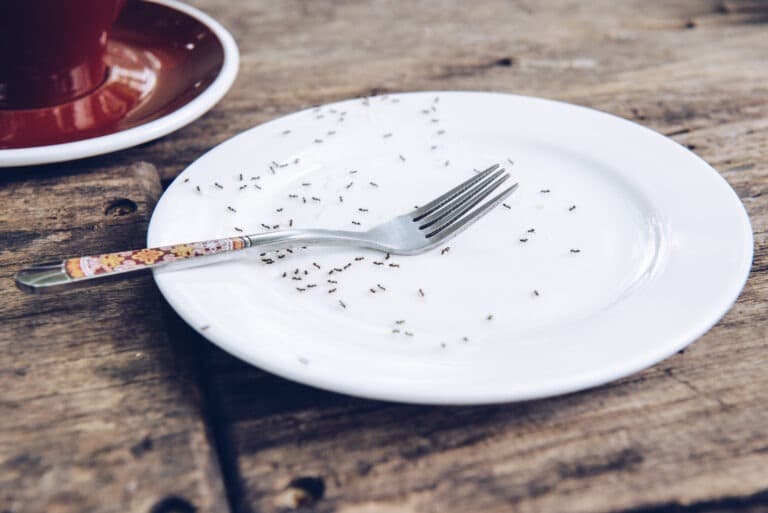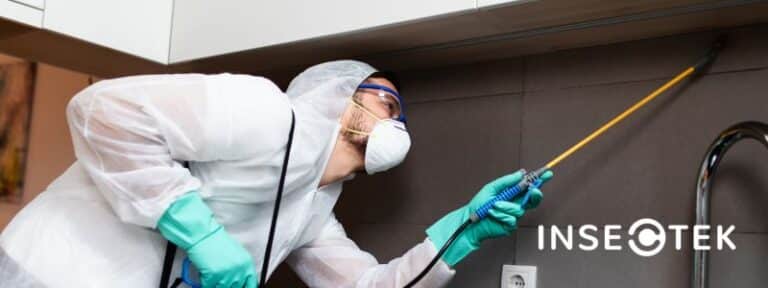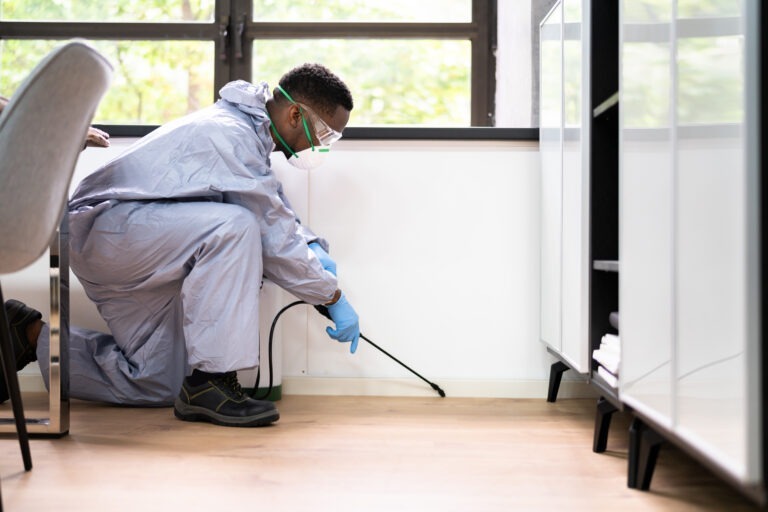Termites, cockroaches, and rats, what do all of these have in common? They’re a restaurant owner’s worst nightmare. When pests find their way into your restaurant, it creates a safety hazard and can potentially hurt your establishment’s reputation.
In this blog, we’ll look at the following:
- The Role of Regular Pest Control in Reputation Management
- The Risks of Neglecting Pest Control in Restaurants
- Understanding the Relationship Between Pest Control and Customer Perception
- Key Strategies for Effective Pest Control in Restaurants
- Best Practices in Preventive Pest Control
- Collaborating with Professional Pest Control Services
- Leveraging Pest Control in Marketing and Customer Relations
The Role of Regular Pest Control in Reputation Management
Scheduling regular pest control helps control pests in your restaurant. A pest control system is a critical piece of maintaining your restaurant. When bugs and rodents get into your food packages or onto the surfaces of your counters, they can damage equipment and spread diseases. Pest control is a must for any clean and professional restaurant.
The Risks of Neglecting Pest Control in Restaurants
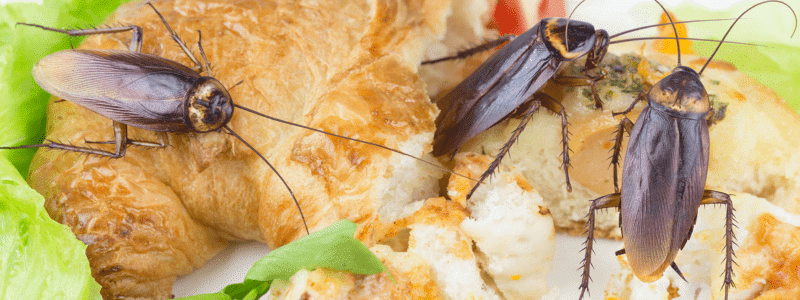
Health Hazards Associated with Common Restaurant Pests
Pests aren’t just nasty to witness in a restaurant – they have the potential to cause serious harm.
Diseases
Most pests have pathogens that can spread onto the surfaces they touch. Some of the most common pests in restaurants, like rats and cockroaches, carry salmonella and viruses like hepatitis, which can trigger asthma and allergic reactions. Even pests like flies, typically spotted in or outside of a restaurant, are believed to transmit over 65 diseases to humans, including typhoid fever and cholera.
Damage to Food and Equipment
Pests are always on the search for food, and if your restaurant isn’t locked down, you may just be their next target. One of the significant signs of a pest problem is finding bites and chew marks in food packaging and kitchen equipment like utensils and Tupperware.
Pests most likely to cause damage to items include rats, mice, cockroaches, and ants, typically called pantry pests. Some issues exist before they even reach your kitchen. Stored product pests like weevils and moths preexist in shipped packaging, contaminating it.
Damage to Building
Termites are likely the first pests to come to mind when you think about building damage. And that’s for good reason: termites are considered Arizona’s number one urban pest. They’re responsible for all foundational issues, including weakened beams, holes in drywall, loose floorboards, and hollowed walls. If you suspect you have termites, contact the professionals immediately to avoid further damage.
Legal and Financial Consequences of Pest Infestations
Bad Reviews
According to an Orkin survey, 56% of diners who see a pest will write a negative review, post on social media, or write a blog about it. The power of bad reviews can be detrimental to your business’ reputation. A single negative review can cost you 22% of customers, and 33% of people won’t eat anywhere with fewer than four stars.
Loss of Customers
Your main revenue as a restaurant owner is your customers. When issues like pests arise, it can jeopardize your business by keeping new and returning customers from coming back. The Orkin survey shares that 81% of diners will never return if they find a pest on their food, and 76% will never return if they spot more than one bug in the establishment.
Health Inspections
Twenty percent of the score in a restaurant’s health inspections is based on the pest control portion. A poor health inspection due to pests can lead to temporary or permanent shutdowns, which could lead to media coverage and, ultimately, a huge punch to your reputation.
For example, in 2023, a Little Caesars in Indianapolis was shut down following the discovery of mouse poop on a purchased pizza for food safety concerns. You can only imagine how this coverage negatively impacted business for them.
Understanding the Relationship Between Pest Control and Customer Perception
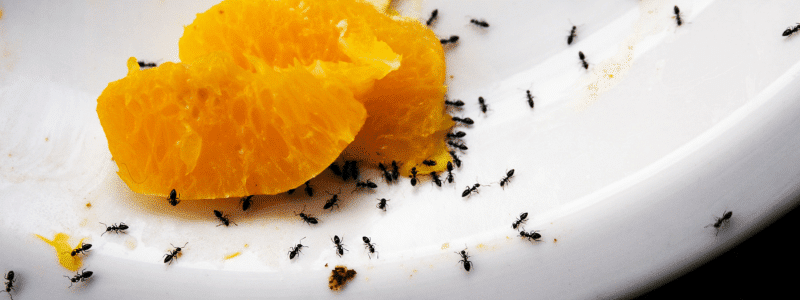
First Impressions: How Pests Can Damage Customer Trust
First impressions are everything. You likely have fond memories if you remember the first time you visited your favorite restaurant. Imagine if you spotted a cockroach that first time. You probably wouldn’t be recommending the place to friends and family.
It may sound dramatic, but people take their initial impressions of a restaurant seriously. One survey found 82% of customers won’t return to a restaurant with dirty bathrooms. That’s just bathrooms. If customers see multiple pests, that could indicate food contamination.
The Role of Social Media and Online Reviews in Restaurant Reputation
Orkin’s survey also examined how social media and online reviews impact a restaurant’s reputation. 56% of diners who see a pest will write a negative review, post on social media, or write a blog about it. Even one bad review can lead to serious consequences.
A single negative review could cost a business up to 30 customers. Depending on the size or location of your restaurant, this could be a huge chunk of your patrons and, as a result, your revenue.
Key Strategies for Effective Pest Control in Restaurants
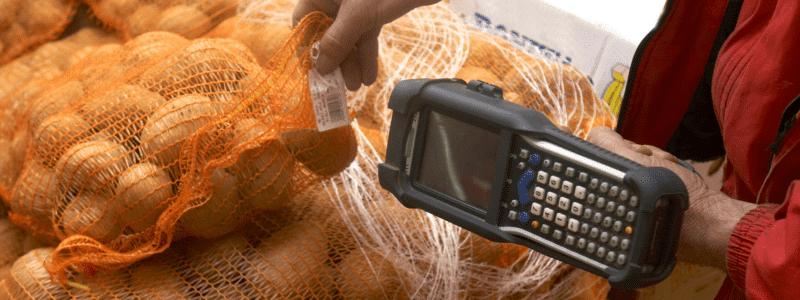
Regular Inspections: The Foundation of Effective Pest Management
At Insectek, we offer regular pest control monthly, bi-monthly, or quarterly. You should count on services at least once a month for a restaurant. Exposure to food, packages, and people coming and going makes your restaurant a considerable target for pests. Your establishment offers everything pests need to survive: food, water, and shelter. Regular pest control services use techniques and tools to combat these risks to eliminate and prevent pests.
Integrated Pest Management (IPM) Techniques for Restaurants
The Integrated Pest Management (IPM) program is a safe and effective way to control pests using fewer chemicals. It does this by focusing on prevention, eliminating existing pests, and managing the environment. In addition to using pesticides, IPM adjusts the surroundings and takes steps to stop future pest issues, like sealing gaps in buildings or planting insect-repelling plants around a restaurant.
Best Practices in Preventive Pest Control
Maintaining Cleanliness and Hygiene in Food Service Areas
You’d think that it would be easy to keep your restaurant clean, but when things are busy and all hands are on deck, it’s easy for simple tasks like mopping up a spill to be neglected. Along with regular pest control, keep in mind the following essential practices to avoid pests:
- Store food securely, sealed, and at least six feet above the floor.
- Enforce and keep up with cleanliness in preparation areas.
- Dispose of leftover food and trash bags properly and regularly.
- Remove open food and water sources.
- Clean floors and tables regularly to remove spills and crumbs.
Employee Training: Empowering Your Staff in Pest Prevention
Ensure your employees actively engage in pest prevention by promoting daily hygienic practices, such as sanitizing equipment and proper food storage. Encourage proactive measures like frequent trash removal, immediate cleanup of spills, and proper disposal of expired food.
Stay vigilant with employee training programs that emphasize pest prevention measures. A single oversight, like an accumulation of crumbs under tables or a propped open door, can invite the presence of pests in restaurants. When everyone is contributing, this is key to a pest-free workplace.
Proactive Measures: Sealing Entry Points and Mitigating Risks
You can use caulking, sealing tape, or steel wool, among other tools, to seal openings that welcome pests into your establishment. Areas to check on that can leave holes and gaps include:
- Interior and exterior walls
- Windows and doors
- Floorboards
- Exhaust fans and dryer vents
Collaborating with Professional Pest Control Services
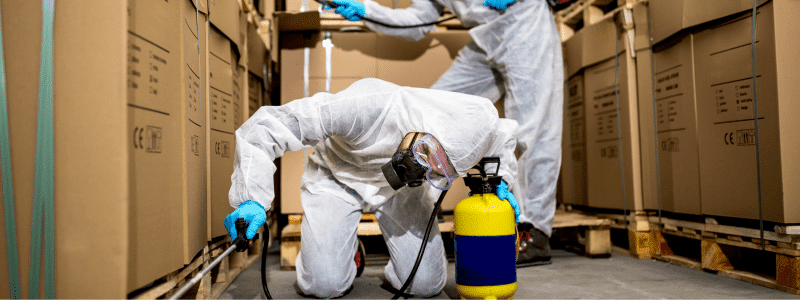
Choosing a Pest Control Partner Aligned with Your Restaurant’s Values
Some people are reluctant to use pest control because they associate it with poisonous chemicals that only contribute to the problem. Insectek uses clean products that don’t harm people, animals, or a building’s interior and exterior. We’re dedicated to providing you with a clean environment that has been effectively treated for pest problems without leaving harmful substances behind.
The Benefits of Ongoing Professional Pest Management Services
Proper pest control isn’t a one-and-done thing. If you get rid of the current pests, new ones will come. If you put prevention in place, these measures eventually fade and break the barrier. Consistently scheduled pest control maintains preventative measures so they stay firm. Pest control ultimately eliminates the current pests and keeps them from returning.
Leveraging Pest Control in Marketing and Customer Relations
Communicating Your Commitment to Hygiene and Safety
Of course, you don’t want to put a giant poster of a cockroach with a big red X on your restaurant window, declaring you’re “pest-free!” but there are ways to communicate your commitment to hygiene and safety to your customers.
- First and foremost, keep your restaurant pest-free, organized, and clean; actions speak louder than words.
- Be proactive in responding to customer feedback, including offering your support to bad reviews when necessary.
- Display relevant hygiene ratings or certifications in the appropriate setting, such as the kitchen or bathrooms.
- Run campaigns and promotions to highlight your commitment to cleanliness. For example, “Healthful Dining Month” can be a promotion offering discounts to customers.
Turning Effective Pest Control into a Positive Marketing Message
Pest control isn’t the most appetizing topic to bring up over dinner. That said, you can use social media platforms to communicate the importance of pest control to your followers. If you have your pest control team come in for their scheduled appointment, consider taking a photo with them and posting it with the caption, “We always appreciate our pest experts keeping our restaurant clean and safe!”





